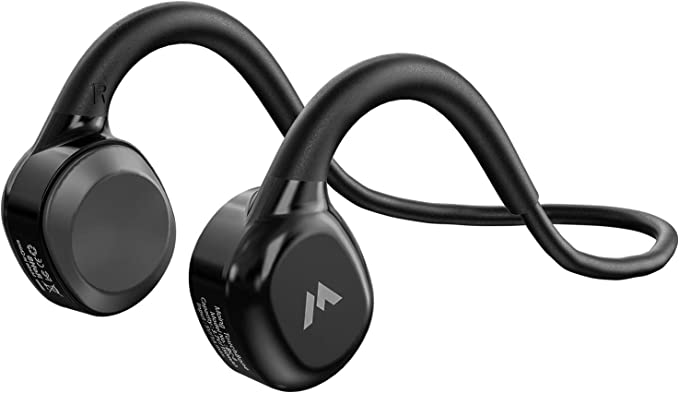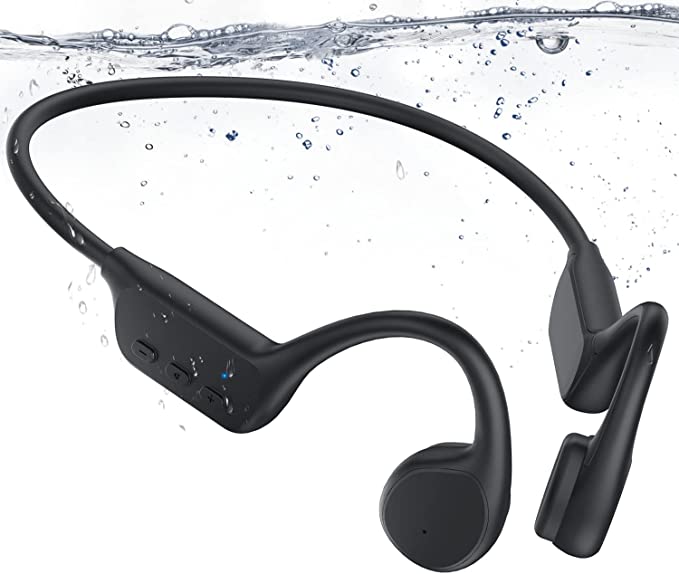The Unseen Dance: How Your Hoverboard Actually Balances Itself
Update on Oct. 19, 2025, 12:54 p.m.
It’s a sight that still feels lifted from a gentle, optimistic future: a person gliding effortlessly over the pavement, seemingly propelled by thought alone. The hoverboard, or self-balancing scooter, moves with a fluid grace that appears to defy the very laws of balance we spend years as toddlers mastering. The first time you step onto one, your every instinct braces for an inevitable, clumsy fall. But instead of toppling, the machine hums to life, holding you steady as if by an invisible hand.
But it isn’t magic, and it isn’t an invisible hand. It’s a relentless, high-speed conversation happening hundreds of times a second between sensors, a microprocessor, and a pair of powerful motors. The most profound secret of the hoverboard is this: you aren’t balancing on it. The hoverboard is actively and constantly balancing you. To understand this marvel of accessible robotics, we need to peel back its plastic shell and look at the elegant physics and computational brilliance within. We can use a common device, like the FLYING-ANT HYA07, not as a product to be reviewed, but as a tangible case study to deconstruct this fascinating technology.

The Core Principle: A Symphony of Controlled Falling
The secret to a hoverboard’s stability isn’t that it prevents you from falling. It’s that it’s in a perpetual state of catching you as you fall. In the world of robotics and control theory, this is a classic challenge known as the “inverted pendulum problem.” Forget the fancy name for a moment and imagine trying to balance a long broomstick upright on the palm of your hand. Your hand cannot stay still. You have to constantly make tiny, rapid adjustments to keep the broomstick’s center of gravity directly above your palm. If it starts to tilt forward, you instinctively move your hand forward to get back underneath it. Tilt left, you move left. Your hand is always reacting, always catching the falling broom.
A hoverboard does the exact same thing, but with a level of speed and precision the human nervous system could never achieve. Your body on the board is the broomstick. The board itself is your hand. When you lean forward, you initiate a tiny, almost imperceptible fall. The hoverboard detects this tilt and immediately spins its wheels forward to reposition itself underneath your new center of gravity. It “catches” you. In the process of catching you, it moves you forward. When you lean back to slow down, you’re starting to fall backward, and the wheels spin in reverse to catch you again. Riding a hoverboard, therefore, isn’t about maintaining a static, rigid state of balance; it’s about initiating and managing a continuous, perfectly controlled fall.
The Senses: A Tale of Two Sensors
To perform this constant dance of adjustment, the board needs an impeccable sense of its own orientation in space. It must know its exact tilt and rate of rotation at any given millisecond. This superhuman proprioception comes from a partnership of two tiny, incredible pieces of technology built into its main circuit board: a gyroscope and an accelerometer.
Think of them as the board’s inner ear, each with a distinct personality.
The gyroscope is the impulsive artist of the pair. Its job is to measure angular velocity—how fast the board is rotating or tilting. It’s incredibly sensitive and can detect the slightest intention to lean, providing instant, real-time feedback. It’s what gives the hoverboard its feeling of responsiveness. However, like an artist who gets lost in the moment, a gyroscope can suffer from “drift.” Over time, tiny cumulative errors can make it lose its sense of what is truly level.
The accelerometer, on the other hand, is the steady judge. It measures linear acceleration. Crucially, when the board is relatively still, the main force it measures is the constant, unwavering pull of gravity. By sensing the direction of this gravitational pull, it always knows which way is down. This makes it very stable and reliable over the long term, acting as a perfect anchor to reality. However, it’s susceptible to “noise” from vibrations and sudden jolts, making its moment-to-moment readings less reliable than the gyroscope’s during active movement.
Neither sensor is perfect on its own. The true genius lies in sensor fusion. The hoverboard’s motherboard, its brain, runs a sophisticated algorithm—often a variation of a Kalman filter—that constantly cross-references the data from both sensors. It trusts the gyroscope’s lightning-fast reflexes for immediate changes but uses the accelerometer’s unwavering sense of gravity to constantly correct the gyro’s drift. It’s a perfect partnership, blending the artist’s speed with the judge’s wisdom to create a single, highly accurate picture of the board’s orientation in the real world.

The Brain and The Muscle: From Thought to Action
With a clear sense of its position, the board’s “brain”—a powerful microcontroller on the motherboard—can make decisions. It runs a tight, relentless feedback loop: Sense, Compute, Act. This cycle is the very heartbeat of the machine.
- Sense: The fused data from the gyro and accelerometer reports the board’s current tilt and motion.
- Compute: The processor compares this data to its target state—staying perfectly upright beneath you. It instantly calculates the exact speed and direction the wheels need to spin to correct any deviation. This calculation, often managed by a PID (Proportional-Integral-Derivative) controller, determines not just that the wheels should move, but precisely how aggressively they should move.
- Act: The processor sends precise electrical commands to the “muscles” of the system: the brushless DC hub motors located inside each wheel.
These powerful motors then spin at the exact required velocity to reposition the board under your shifting center of gravity. This entire cycle—from sensing a microscopic tilt to acting on it—happens hundreds of times every second. It’s so fast and seamless that it feels completely intuitive to the rider, creating that powerful illusion that the machine is simply reading your mind and responding to your will.
Ultimately, the hoverboard is more than just a toy or a convenient way to get around. It’s a rolling, real-world lesson in physics and control theory. It’s an accessible, tangible piece of a technological lineage that includes everything from robotic arms and drone stabilizers to the attitude control systems on spacecraft. That seemingly magical glide is, in reality, a beautiful, unseen dance—a constant, high-speed conversation between silicon senses and electric muscles, all orchestrated to tame the simple, relentless force of gravity. And the next time you see one float by, you’ll know you’re not just seeing a rider, but a masterpiece of controlled instability in motion.



















